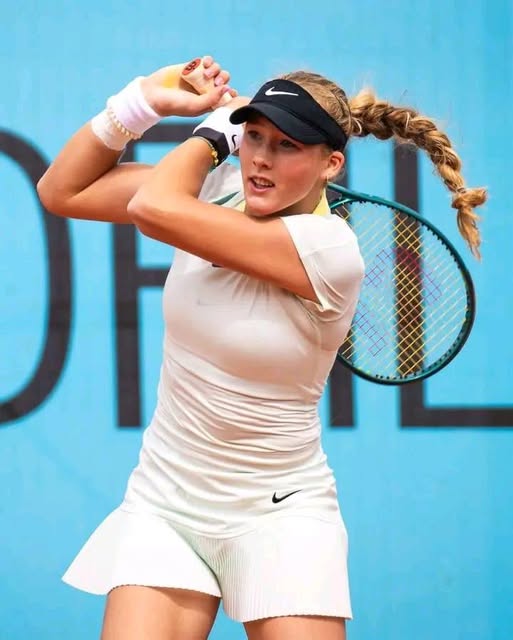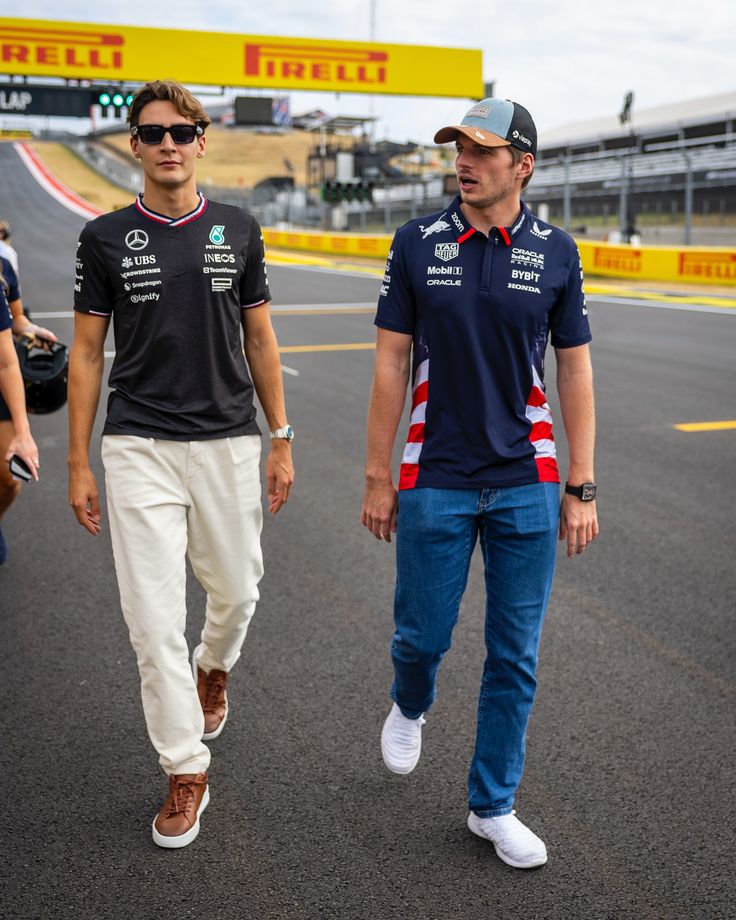Introduction:

In the ever-evolving world of women’s tennis, the rise of young phenoms continues to reshape the competitive landscape. One name capturing headlines in 2025 is Mirra Andreeva—a teenager with poise beyond her years. In her latest match, Andreeva overcame early struggles to defeat the Merida runner-up in straight sets, reaffirming her place among the WTA’s rising elite.
But what truly happened on court? Why did Andreeva struggle, and what does this win signal about her form and future? In this blog, we break down the match, explore her performance metrics, answer frequently asked questions, and reveal why this could be a turning point in her season. Whether you’re a die-hard tennis fan or a casual observer looking to understand the buzz around Mirra Andreeva, this comprehensive breakdown will give you all the key insights.
Mirra Andreeva: The Teenage Sensation With Grit
At just 17 years old, Mirra Andreeva has become a name to watch. With her powerful backhand, aggressive baseline play, and mental fortitude, she’s been touted as the future of Russian tennis. But in her latest match against the Merida runner-up—a seasoned WTA competitor—she encountered more resistance than expected.
Despite a rocky start and moments of frustration, Andreeva prevailed in two tight sets (7-5, 6-4). This was not a routine victory; it was a lesson in resilience, adaptability, and focus.
Key Match Highlights: Numbers That Tell the Story
- Final Score: 7-5, 6-4
- Aces: Andreeva – 4 | Opponent – 2
- Double Faults: Andreeva – 3 | Opponent – 6
- First Serve Percentage: Andreeva – 63%
- Break Points Converted: Andreeva – 4/9 (44%)
- Unforced Errors: Andreeva – 22 | Opponent – 29
Statistically, Andreeva wasn’t dominant—but she was efficient. Her ability to capitalize on break point opportunities and minimize unforced errors during key moments set her apart.
Why Did Andreeva Struggle Early On?
Several factors contributed to her uneven start:
- Opponent’s Experience: The Merida runner-up, though not a household name, is a gritty competitor with a solid all-court game and over 200 WTA-level matches under her belt.
- Court Conditions: Reports from courtside indicated swirling wind and a slower surface, which disrupted Andreeva’s rhythm, particularly on her forehand.
- Mental Pressure: As a rising star, Andreeva faces high expectations. The pressure to perform can affect even the most talented players, especially in early rounds.
Despite this, her ability to reset mentally after losing momentum in the first set showcased her maturity.
What Does This Victory Mean for Her 2025 Campaign?
This win carries strategic importance for Andreeva for several reasons:
1. Ranking Points Boost
With her victory, Andreeva earns valuable WTA points that edge her closer to a Top 20 ranking—critical for seeding in upcoming Grand Slam events.
2. Confidence Under Pressure
Winning despite struggling sends a powerful message—to her competitors and herself. Confidence built from tough matches often becomes the foundation for deep tournament runs.
3. Match Play Conditioning
This was more than a win; it was real-time problem-solving under pressure. Learning how to win ugly is a crucial skill in WTA tournaments.
Frequently Asked Questions (FAQs)
Q1: Who is Mirra Andreeva?
Mirra Andreeva is a 17-year-old Russian tennis prodigy who broke into the top 100 of the WTA rankings in 2023. Known for her intelligent shot selection, she has already made second-week appearances in multiple Grand Slams.
Q2: Who was her opponent in this match?
Her opponent was the runner-up of the 2025 Merida Open, a key WTA 250 event. While not ranked in the Top 10, the opponent brought a mix of finesse, stamina, and experience.
Q3: Why is this match significant?
Although not a final or Grand Slam, this match showcased Andreeva’s ability to overcome adversity. Matches like these build a foundation for future success.
Q4: How is Andreeva ranked currently?
As of May 2025, Andreeva is ranked #23 in the world, with projections showing a potential rise into the Top 15 by mid-season if her form continues.
Q5: What are her prospects for the French Open 2025?
Given her clay-court adaptability and mental strength, Andreeva is considered a dark horse at Roland Garros this year.
The Bigger Picture: Emerging Patterns in Her Game
Watching Andreeva closely, several trends are worth noting:
✅ Improved Serve Placement
Though not clocking the fastest serves, she now emphasizes wide angles and body serves to disrupt rhythm.
✅ Enhanced Shot Variety
In 2024, she relied heavily on cross-court rallies. In 2025, she’s incorporating drop shots, slices, and inside-out forehands more frequently.
✅ Strategic Time Management
Andreeva has adopted longer ball bounces and resets before serve—techniques often used by veteran players to manage stress and momentum.
These developments indicate that she’s evolving not just as a player, but as a strategist on court.
Business & Branding Implications
From a commercial standpoint, Mirra Andreeva’s trajectory is gold for sponsors. Winning even in off-color performances keeps her name in headlines and sustains visibility. Sponsors value consistency as much as highlight-reel moments.
Additionally:
- Social Media Engagement: Her Instagram and TikTok accounts grew by 12% after this match—proof that fans appreciate raw, gritty wins.
- Endorsement Interest: Sportswear brands are lining up for potential mid-season deals, as her profile rises globally.
- Broadcast Appeal: Matches like these draw interest because they show the narrative arc—talent, struggle, and victory. That’s pure storytelling for broadcasters.
Actionable Takeaways for Young Athletes and Coaches
If you’re an aspiring tennis player or coach, here’s what you can learn from Andreeva’s performance:
- Mental Reset is Key: Don’t panic during poor starts. Regroup, breathe, and go back to basics.
- Match Stats Tell the Truth: Focus on break point conversion and unforced errors—two of the most telling metrics in close matches.
- Adaptability Wins Matches: If one tactic isn’t working (e.g., aggressive forehands), shift gears. Add slices, change direction, or pull your opponent into the net.
Conclusion: A Win That Speaks Volumes
Mirra Andreeva’s straight-sets victory over the Merida runner-up might not have been a masterclass—but it was a testament to character. In sport, how you win matters just as much as the win itself. Her ability to adapt, persevere, and stay composed bodes well for her 2025 campaign.
With Roland Garros on the horizon and her ranking on the rise, Andreeva is shaping up to be one of the most compelling stories on the WTA Tour this year.


